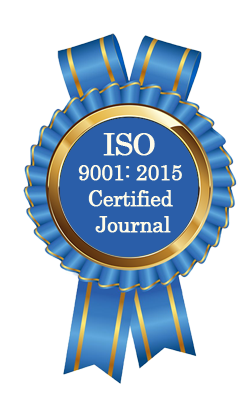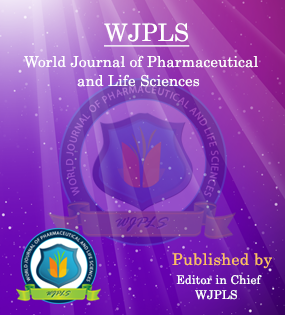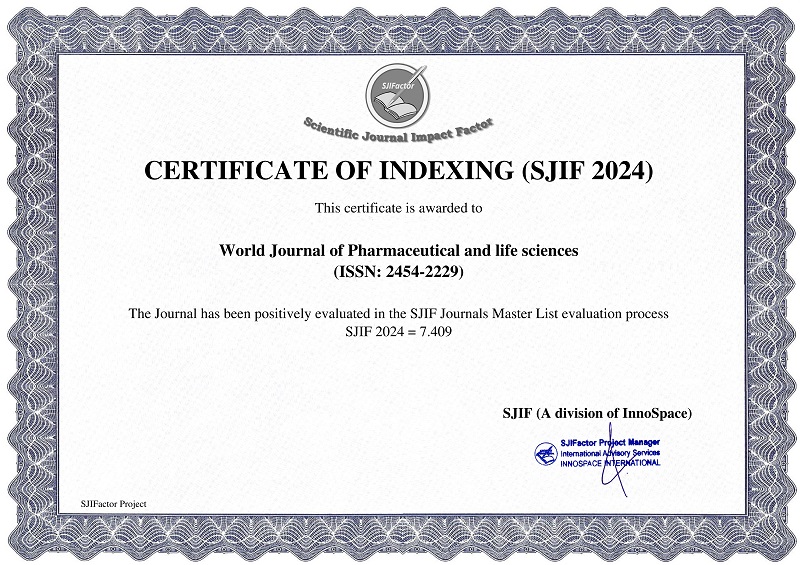Abstract
ROSELLE (HIBISCUS SABDARIFFA L.): OVERVIEW OF ITS BIOLOGY, ECOLOGY, SOCIO-ECONOMIC IMPORTANCE AND CULTIVATION CONSTRAINTS IN WEST AFRICA
Kaka Kiari Boukar Kéllou*, Moussa Alio Abdourazak, Mamadou Chetima Maina Boukar, Moussa Diagra Saley, Atta Sanoussi and Bakasso Yacoubou
ABSTRACT
Roselle (Hibiscus sabdariffa L) is a plant native to India and Malaysia, very widespread in West African countries.
It is a shrub of the Plantae kingdom belonging to the Malvaceae family, of the Hibiscus genus and of the sabdariffa
species. This study aims to provide additional information for a better valorization of sorrel cultivation in West
Africa. It reports on the biology, ecology, socio-economic importance and constraints related to the cultivation of
this species. The morphological and agronomic characterization makes it possible to distinguish two varieties of
the sabdariffa species whose phenotypes are complementary: Hibiscus sabdariffa, variety sabdariffa and Hibiscus
sabdariffa, variety altissima. Sorrel is a species of tropical and subtropical regions that adapts to very varied
climates. It is generally cultivated for its leaves, seeds and calyxes, which constitute a source of income for West
African formers. Sorrels are also exploited for their multiple food, nutritional and medicinal properties. Insect pests
are the main constraints for sorrel cultivation in West Africa. These can lead in a yield decrease of up to 80%.
WJPLS CITATION 
| All | Since 2020 | |
| Citation | 590 | 424 |
| h-index | 12 | 10 |
| i10-index | 17 | 14 |
INDEXING
NEWS & UPDATION
BEST ARTICLE AWARDS
World Journal of Pharmaceutical and life sciences is giving Best Article Award in every Issue for Best Article and Issue Certificate of Appreciation to the Authors to promote research activity of scholar.
Best Article of current issue
Download Article : Click here





